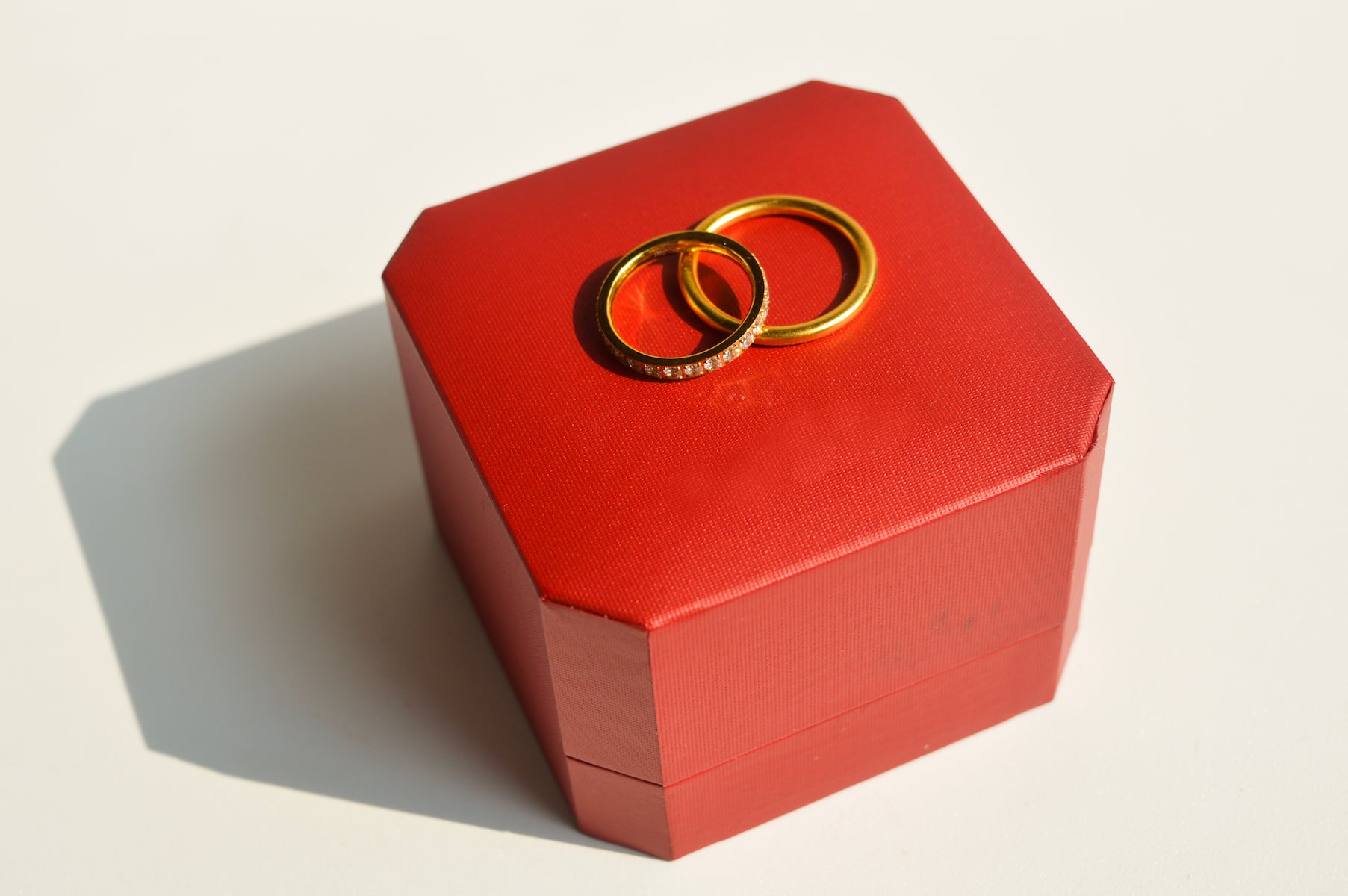In a heartfelt inquiry, an 81-year-old widower grapples with the decision of whether to sell his late wife’s wedding rings to alleviate financial strain as he prepares for assisted living. The man, who has lived without the rings for over a decade, reflects on their sentimental value but feels the pressing need for cash amidst rising gold prices.
Confronting Sentimentality and Practicality
The widower, who prefers to remain anonymous, shared his story with Annie Lane, a popular advice columnist. He explained that he and his wife were not particularly attached to the tradition of wedding rings when they first married, but approximately ten years ago, he purchased a matching set of engraved rings for them both. While his wife wore hers, he did not due to nerve reactions. Following her passing five years ago, the rings have remained tucked away, untouched and unused.
As he transitions into assisted living, the man faces financial difficulties and considers selling the rings, especially since his daughter has already chosen a different piece of jewelry to keep as a memento of her mother. He questions whether selling the rings would be perceived as an act of betrayal to his late wife.
Advice on Letting Go of Guilt
In her response, Annie Lane reassured him that there is nothing wrong with selling the rings. She emphasized that the love shared between him and his wife transcends the physical objects that symbolize that bond. “If selling them makes this next chapter of life easier, that’s an act of practicality, not betrayal,” Lane stated.
She encouraged him to take a photograph of the rings before parting with them, suggesting that this could help him retain the memories associated with them. Lane concluded by reinforcing that his wife’s essence lives on in his memories, not confined to a jewelry box.
The discussion highlights a broader theme of balancing sentimentality with practical needs, especially as individuals face significant life changes. While the emotional weight of such decisions can be heavy, practical considerations often take precedence in challenging times.
This poignant story resonates with many individuals who find themselves at a crossroads between preserving memories and meeting immediate needs. As the costs of living continue to rise, the conversation surrounding the sentimental value of possessions versus their practical utility is more relevant than ever.
For those navigating similar dilemmas, it may prove beneficial to reflect on the purpose of cherished items and consider how their sale could facilitate a more comfortable future. In the end, as Lane advised, it is the memories that count, not the material possessions.







